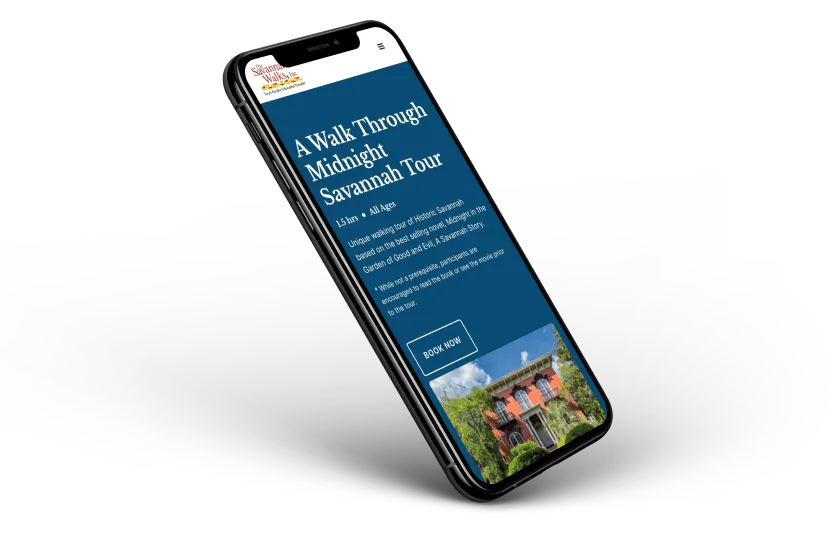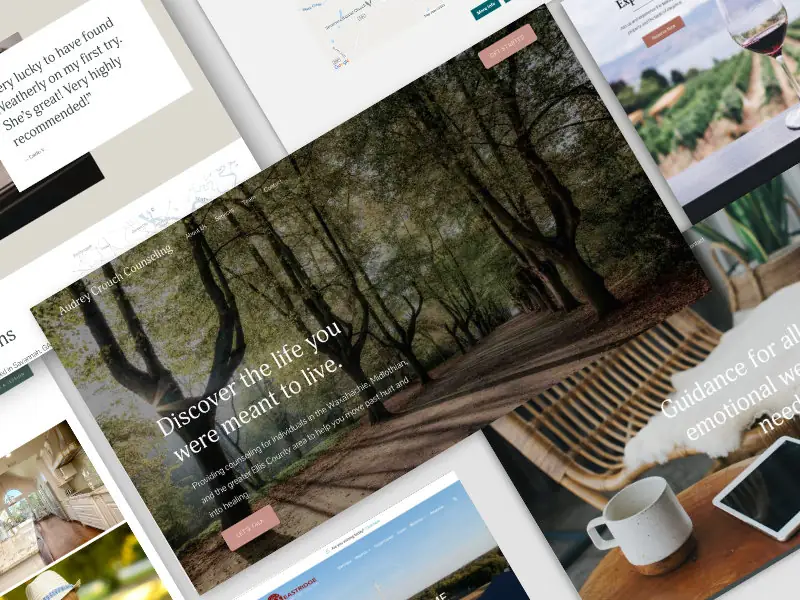Web Design
Mastering the Art of Web Design: Addressing Today's Top Web Design Challenges

The significance of web design can't be overstated.
It's the cornerstone of a brand's online presence, dictating how users perceive and interact with a business.
However, designing a compelling website is far from straightforward. Web designers must navigate a maze of challenges, ranging from technical constraints to evolving user expectations.
This article explore these hurdles, offering insights into how designers can effectively overcome them.
1. Balancing Innovation and Usability
Innovation drives the web design industry, pushing boundaries and creating new user experiences.
However, innovative design must not overshadow usability. A visually stunning site that's difficult to navigate can deter users.
The key is to fuse creativity with functionality, ensuring that designs are both eye-catching and user-friendly.
This balance is achieved by focusing on intuitive navigation and familiar layouts, even when incorporating novel design elements.
2. Cross-Browser Compatibility
The are a ton of browsers from which to choose. Some of the most popular are: Safari, Edge, Firefox, and Chrome. Each has its own quirks that a developer must take into account.
Ensuring a consistent experience across these platforms can be quite the task.
Web developers must test their code rigorously, adapting them to different browsers without compromising on design integrity.
This often involves understanding and implementing various web standards, ensuring that a website’s performance is uniform across different browsing environments.
3. Keeping Up with Evolving Design Trends
Web design is an ever-evolving field, with new trends surfacing continually. Staying abreast of these trends, while also maintaining a design that won’t age quickly, is crucial.
Designers must discern which trends align with their project's goals and audience, integrating them in ways that enhance rather than dictate the design.
It's about finding the right mix between trendy and timeless.
4. Mobile Optimization
As mobile browsing overtakes desktop, optimizing websites for mobile devices has become imperative.
My wife, for instance, doesn’t even own a computer. She accesses everything on her phone. When a website is not optimized for mobile, I am sure to here her complain.
Mobile optimization involves more than just responsive design; it's about ensuring that sites are touch-friendly and load swiftly on mobile networks. As well as they have the same functionality on mobile, as the website has on desktop.
The challenge lies in creating experiences that are as rich and engaging on small screens as they are on larger ones. As well as baking in the same functionality.
5. Speed vs. Rich Media Content
Today’s websites are multimedia-rich, which can impact loading times.
Balancing the use of high-quality images, videos, and animations with site speed is a delicate act.
Designers must optimize media content and employ techniques like lazy loading and content compression to ensure websites remain fast and responsive.
If you need an image compressor that works well, try squoosh.app It is one of the best I have used. Not only does it provide a bunch of file format options. I almost always choose WEBp, but it also allows you to resize your images.
6. Accessibility and Inclusivity
Web accessibility is no longer optional; it's a necessity. Creating sites that are usable for everyone, including individuals with disabilities, involves adhering to web accessibility guidelines.
This means designing navigable, comprehensible websites that accommodate various user needs, ensuring inclusivity in the digital space is a must.
7. Integrating SEO in Web Design
SEO is a critical component of web design. Incorporating SEO effectively without sacrificing design elements is challenging.
It involves structuring content, using technology that’s search engine friendly, and ensuring that the design supports SEO strategies.
This integration requires a nuanced understanding of both design principles and SEO tactics. Which means that a web designer and developer needs to be versed in at least the basics of SEO in order to design and develop for the modern web.
8. User Engagement and Conversion
Ultimately, a website must engage users and drive conversions. This involves understanding user behavior and tailoring the design to create compelling calls-to-action.
It's about continuously testing and refining the user journey, ensuring that every element of the design contributes to a clear and persuasive user pathway.
Conclusion
The world of web design is fraught with challenges, each demanding a unique blend of creativity, technical prowess, and understanding of user behavior.
Embracing these challenges is essential for crafting websites that are not just visually appealing but also functional, accessible, and effective in achieving business goals.
In the journey of web design, each challenge navigated is a step towards digital excellence.
End to End Webflow Design and Development Services
From Web Design and SEO Optimization to Photography and Brand Strategy, we offer a range of services to cover all your digital marketing needs.

Webflow Web Design
We design custom Webflow websites that are unique, SEO optimized, and designed to convert.
Webflow Maintenance
Gain peace of mind knowing that a Webflow Professional Partner is maintaining your website.

Claim Your Design Spot Today
We dedicate our full attention and expertise to a select few projects each month, ensuring personalized service and results.






